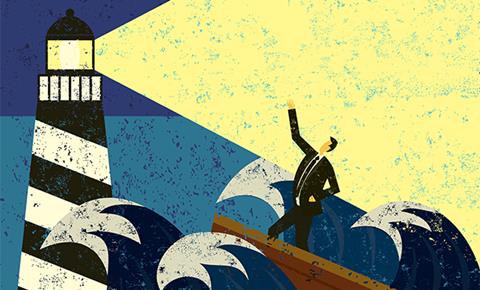

When I first set foot in the group risk market in 2008, it struck me how often I’d hear the phrase: “It’s a small world, group risk.” “Great!” I thought. “I’ll get to know everything and everyone in no time.” Forget the 90-day plan — in fact, halve it.
As I write this, however, I have mixed feelings about the small world of group risk. Small can be good. It can be agile, entrepreneurial, responsive and visionary. It can also be overly niche, backward looking, inwardly focused; defensive in the face of competition and innovation. If I were to look at the characteristics of the UK’s group risk industry I’d say that, so far, we’ve been ticking more of the latter boxes than the former.
MetLife published a report, Bridging the protection awareness gap, in autumn 2014 that took a fresh look at the protection gap. At around the same time, we sponsored a debate with Employee Benefits magazine that discussed how the industry might address the challenges and respond to the opportunities around us in the workplaces of today and tomorrow.
Protection gap
We discussed the protection gap and how this challenge has been discussed and debated for many years. Millions of UK businesses and employees are facing risks that aren’t mitigated as they do not have income protection in place. What is disappointing is that, despite much talk, campaigning and collective frustration, the gap remains.
As an industry, we are very good at describing the risk side of group risk. I am sure that most of us could recite the statistics in our sleep concerning the risk of injury during our working lives and the risk of death before normal (whatever that might be in 20 years’ time) retirement age. But by focusing on the downsides, we are missing a significant opportunity: finding ways to help employers help their employees to be healthier, more resilient and stronger.
Repositioning strategy
A colleague of mine is a big fan of Lucozade and the repositioning strategy it deployed in the 1980s. Any child of the 1970s will remember Lucozade as a rather nice tasting drink that appeared on your bedside table when you were ill to help you feel better. It was even sold in chemists’ shops and, for good measure, came wrapped in orange cellophane.
Its origins were commendable and it was right for its time. But general health began to improve and the incidences of illness became less frequent. Flu epidemics declined. Sales fell.
What Lucozade did was reposition the product as something that could provide busy and successful people with the energy they needed to perform at their best. The slogan ‘Aids recovery’ was removed from the bottle and was replaced with ‘Replaces lost energy’. The transformation began, and by 2004 it commanded 60% of the energy drink category.
What can we learn from this insight into another industry and a company that responded decisively to a sea change in its operating environment? My view is that we can learn a lot. Yes, the undisputed purpose of insurance in its pure form is to mitigate risk. That should not change. What needs to change is our perspective, from looking back to our origins to looking ahead to the broader challenges businesses face and finding ways, through our expertise and insights into human behaviour, to help them. The change needs to start now.
Tom Gaynor is employee benefits director at MetLife








